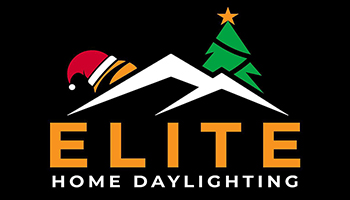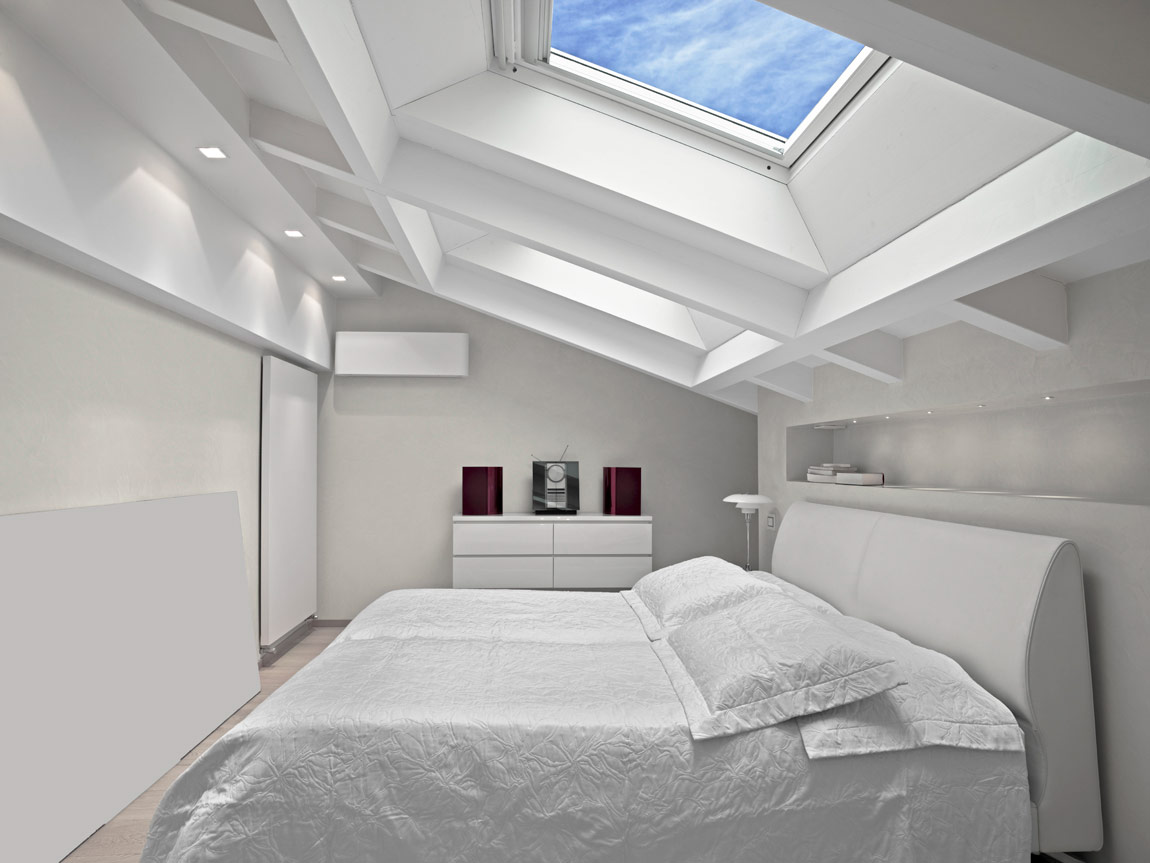Solar tubes will provide your home with natural light and lower your electric bill at the same time. This post will cover the pros and cons of solar tubes, as well as traditional skylights. If you are searching online for “skylights vs solar tubes” or “solar tubes vs skylights,” then this article is for you.
Solar Tubes Vs Skylights
A Solar tube comes in a 10-inch diameter, and also a 14-inch diameter tube. This sheet metal tube comes with a polished interior, which channels light through the entire length of the tube. This preserves the intensity of the light when it eventually travels all the way into the home. The interior acts as a continuous mirror, capturing daylight on the roof and carrying it inside the house.
The solar tubes located on the roof will capture light through a plastic globe. This plastic globe will be weather-proof to deal with any inclement conditions. There is a tube which runs into the room below through a porthole. This diffuses into the portal that is built into the ceiling. The globe collects the outdoor light, then spreads it as a pure white glow for dramatic effect.
Skylights essentially work in the very same way traditional windows work. Skylights are a window for your roof. Some versions may offer open and close features, allowing the skylights to open about a few inches wide.
Solar Tube And Skylight Cost Comparison
Solar tubes will cost between $500-$1,000, depending on which professional installation service is chosen. Traditional skylights are much more expensive, costing an average of $2,000. You may be able to handle installation yourself if you decide to purchase a kit that costs between $200-$400. Unlike traditional skylights, solar lights do not need any additional drywall.
A full breakdown of average costs of solar tubes:
*This is not an actual quote. Contact Elite Home Daylighting Systems today for more information.
Traditional Skylight Pros & Cons
Pros:
- Can be manually opened and closed
- Allow natural daylight into the home
- Can be left open or closed
- Allows for daylight and privacy at the same time
Cons:
- Sunlight enters the home unfiltered
- Installation costs are more due to framing and roof work needed
- Causes sun glare
- Added heat brought into the home
- Can waste cooling and heating energy
- Susceptible to leaks and other damage
Solar Tubes Pros & Cons
Pros:
- Save money on electricity
- Natural source of daylight without any added heat or glare
- Generally no repairs or maintenance needed
- Won’t fade furniture or clothing
- Save on installation costs compared to traditional skylights
- Eligible to receive federal tax credits which will lower installation costs
- No loss of cooling or heating energy
- Leak and damage proof design
- Will not build water condensation over time
- Built for extreme Arizona conditions and temperatures
- Preferred upgrade for realtors – will add to your home’s value
Cons:
- These lights do not offer a direct look at the sky
- Cannot be opened like traditional skylights
- Cannot block out light without dimmer kit installed
- Damaged flashing can lead to roof leaks
Where To Install Solar Tubes
These are few common areas where solar tubes are installed in homes:
The only places you do not want to install solar tubes would be above a screen. Installing these directly above a television or computer will cause a noticeable glare.
Can You Install Solar Tubes Or Skylights In A Multi-Level Home?
The answer is yes to installation of both solar tubes and skylights in a multi-level home. Solar tubes can bring light to the first floor in a two-story home. Skylights, however, cannot bring light to the first floor from the second floor because there is no tube for the light to travel through. Skylights must only be installed directly above the floor where you want the light to shine in. Yes, you can install them in a two-story home, but this will mean the light is only visible on the second floor.
Should I Get Solar Tubes?
Homeowners choose to invest in solar tubes because they can help lower your electric bill instantly. Because of installation not requiring alterations to the home, there are seemingly no limitations when it comes to the location of these tubes inside a home. First, look around your attic for to make sure there is enough room to run a light tube. Any obstructions will need to be moved prior to installation.
Home Considerations Prior To Solar Tube Installation
Roof Slope
The majority of solar tube kits will provide flashing which may be installed to roofs that have a slope of 15 degrees (3-in-12 pitch) and up to 60 degrees (20-in-12 pitch).
Roof Framing Space
The spacing of standard rafters are 16-inches center, with plenty of space for either a 10-inch to 14-inch light tube. However, if you find the rafters are 24-inches center, you have the option of custom ordering a 21-inch light tube that can cover 600 sq. ft.
Roofing Materials
Light tube kits have been designed for use with asphalt shingles, but can work well with shakes or wood shingles as well. There are flashing adapters available for tile or metal roofs.
Location
Mounting globes on southwest sections of the roof provide the highest quality results. Locate an area that requires running of tube that is 14ft or less. When the globe is positioned above the target area directly, it may be able to reflect up to 985 of the exterior daylight. However, tubes that must twist or turn can slightly reduce the quality of light produced.
Weather
If you’re located within an area with high humidity, then the interior of the tube may develop condensation and cause issues. By wrapping the light tube within R-19 or R-15 insulation, the condensation can be greatly reduced. Some solar tube manufacturers provide tubing sections that have small fans built within them for the purpose of removing the moist air and reducing or eliminating condensation. If you live within areas prone to hurricanes, you may want to opt for extra-hardy polycarbonate domes.
Solar Tube Installation In The East Valley
Elite Home Daylighting Systems offers tubular skylights and solar attic fan installation services to the entire Phoenix east valley. Service area includes Chandler, Gilbert, Mesa, Tempe & more! Contact us for a free quote today!





